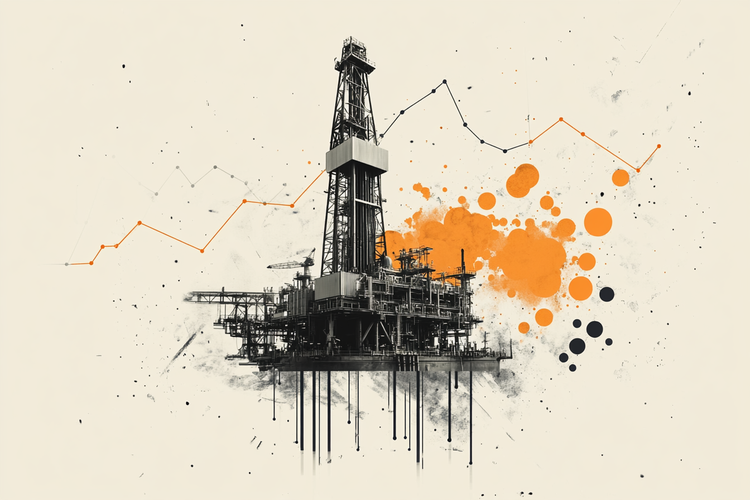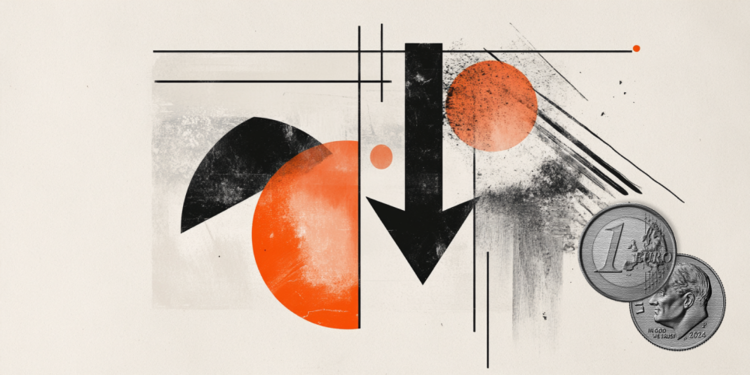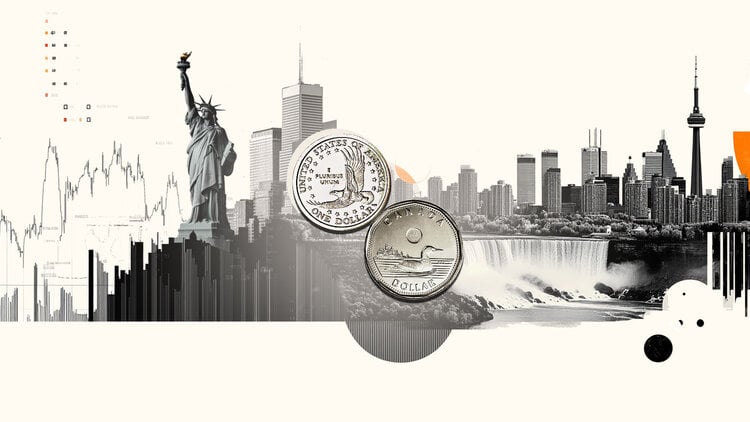He Gold price in euros records profits for the third consecutive day this Wednesdayraising at its highest price since February 25.
He Xau/Eur opened on Wednesday testing a daily minimum at 2,768.33: later, the pair rose until it reached a Maximum of 22 days at 2,795.22 At the beginning of the European session.
He Gold price in euros quote at the moment about 2,784.31, winning 0.42% in what we have been.
The Gold closed yesterday in front of the euro at 2,772.63, winning 0.91% in the day.
From a year to this part, the price of Xau/EUR has risen 40.34%.
What factors have influenced the price of gold recently?
- The rupture of the truce between Israel and Hamas after the brutal attack of the Israeli army over Gaza that left about 400 dead has driven the price of gold, causing a wave of risk aversion. Benjamin Netanyahu declared yesterday that “the negotiations with Hamas will continue only under fire”, warning that this was just the beginning.
- The presidents of the United States and Russia, Donald Trump and Vladimir Putin, agreed yesterday to temporarily pause the attacks on the energy plants of Ukraine, although the truce agreement of one month requested by the US government was not reached. For his part, the Ukrainian leader Volodimir Zelenski has assured that they will not recognize temporarily occupied territories as part of Russia.
- The markets remain cautious before the commercial war initiated by Donald Trump, which has an upcoming stop in the imposition of reciprocal tariffs from April 2. The response of the countries affected by these taxes could generate high volatility in gold.
- The price of gold in dollars has reached on Wednesday a new historical maximum of $ 3,045.
FAQS GOLD
Gold has played a fundamental role in the history of mankind, since it has been widely used as a deposit of value and a half of exchange. At present, apart from its brightness and use for jewelry, precious metal is considered an active refuge, which means that it is considered a good investment in turbulent times. Gold is also considered a coverage against inflation and depreciation of currencies, since it does not depend on any specific issuer or government.
Central banks are the greatest gold holders. In their objective of supporting their currencies in turbulent times, central banks tend to diversify their reserves and buy gold to improve the perception of strength of the economy and currency. High gold reserves can be a source of trust for the solvency of a country. Central banks added 1,136 tons of gold worth 70,000 million to their reservations in 2022, according to data from the World Gold Council. It is the largest annual purchase since there are records. The central banks of emerging economies such as China, India and Türkiye are rapidly increasing their gold reserves.
Gold has a reverse correlation with the US dollar and US Treasury bonds, which are the main reserve and shelter assets. When the dollar depreciates, the price of gold tends to rise, which allows investors and central banks to diversify their assets in turbulent times. Gold is also inversely correlated with risk assets. A rebound in the stock market tends to weaken the price of gold, while mass sales in higher risk markets tend to favor precious metal.
The price of gold can move due to a wide range of factors. Geopolitical instability or fear of a deep recession can cause the price of gold to rise rapidly due to its condition of active refuge. As an asset without yield, the price of gold tends to rise when interest rates lower, while the money increases to the yellow metal. Even so, most movements depend on how the US dollar (USD) behaves, since the asset is quoted in dollars (Xau/USD). A strong dollar tends to keep the price of gold controlled, while a weakest dollar probably thrusts gold prices.
Source: Fx Street
I am Joshua Winder, a senior-level journalist and editor at World Stock Market. I specialize in covering news related to the stock market and economic trends. With more than 8 years of experience in this field, I have become an expert in financial reporting.







